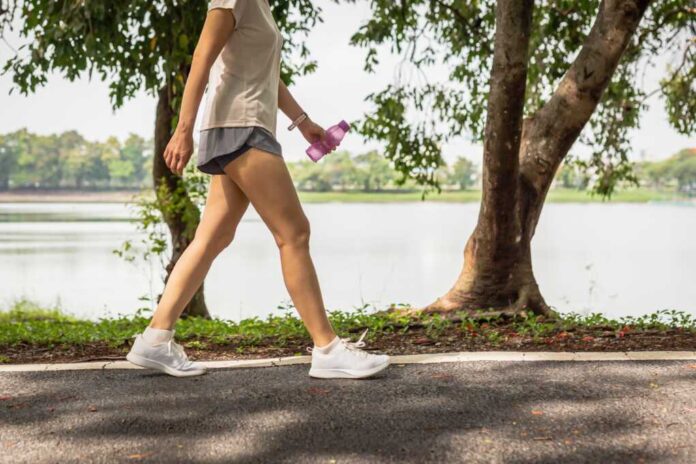
Can a ten-second walk really outdo your daily jog in terms of health benefits? The concept of micro-walks suggests it just might.
Story Snapshot
- Micro-walks involve 10 to 30-second walking bursts followed by rest.
- Recent studies highlight their potentially higher calorie burn per unit time.
- They offer metabolic and cardiovascular benefits for those with time or mobility constraints.
- Experts suggest using micro-walks as a supplement to traditional exercise.
The Rise of Micro-Walks
Micro-walks are emerging as a revolutionary approach to physical activity. These brief sessions, lasting only 10 to 30 seconds, are challenging the traditional view that longer exercise sessions are superior for health. The University of Milan’s 2024 study published in *Proceedings of the Royal Society B* provides compelling evidence for their metabolic advantages. Media coverage has expanded awareness, sparking debate over their viability as a health strategy.
Watch: Micro-walks involve 10 to 30-second walking bursts
Unlike traditional exercise, micro-walks prioritize accessibility. They’re incredibly practical for individuals with limited time or mobility, democratizing physical activity. This approach builds on the concept of breaking up sedentary periods with short activity bursts, akin to high-intensity interval training (HIIT) and “exercise snacks.”
Understanding the Science
Micro-walks may burn more calories per unit time than longer walks, offering significant metabolic and cardiovascular benefits. This finding is particularly relevant for modern lifestyles, which are increasingly sedentary. Office workers, older adults, and individuals with chronic conditions stand to benefit the most. The University of Milan’s study is the catalyst for this interest, with ongoing media coverage and expert commentary expanding awareness.
Research shows that prolonged sitting is linked to cardiovascular disease, diabetes, and obesity. Micro-walks present a practical alternative, providing a metabolic boost and increasing daily movement without the need for extended exercise sessions. While experts caution that micro-walks should not replace the total daily activity, they advocate for their inclusion as a supplement.
Implications and Future Directions
Micro-walks are gaining traction as a promising strategy for increasing daily physical activity. Short-term implications include heightened awareness and adoption, while long-term effects could shift physical activity guidelines and public health recommendations. The potential reductions in healthcare costs associated with inactivity-related diseases are significant, offering economic and social benefits.
The fitness and wellness industries may adapt to promote micro-activity products and services, with public health campaigns incorporating micro-walk messaging. As the discourse evolves, further research is anticipated to clarify long-term health impacts and optimal implementation strategies.


















